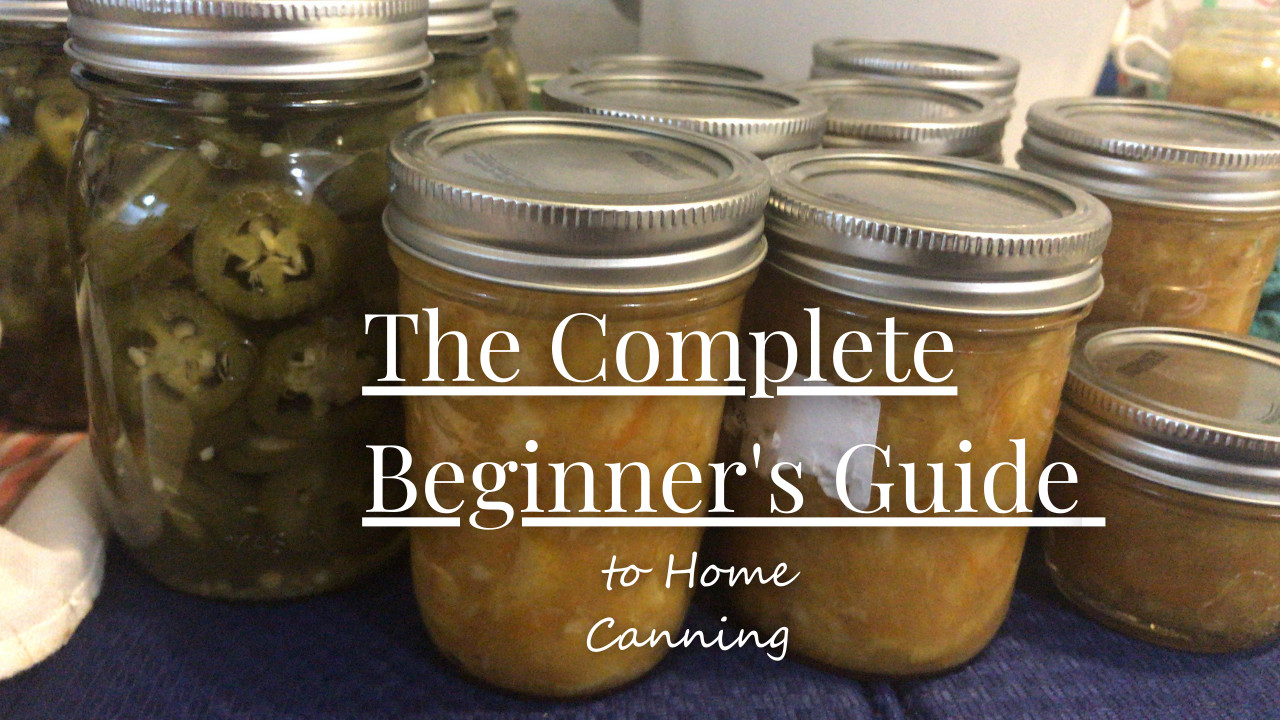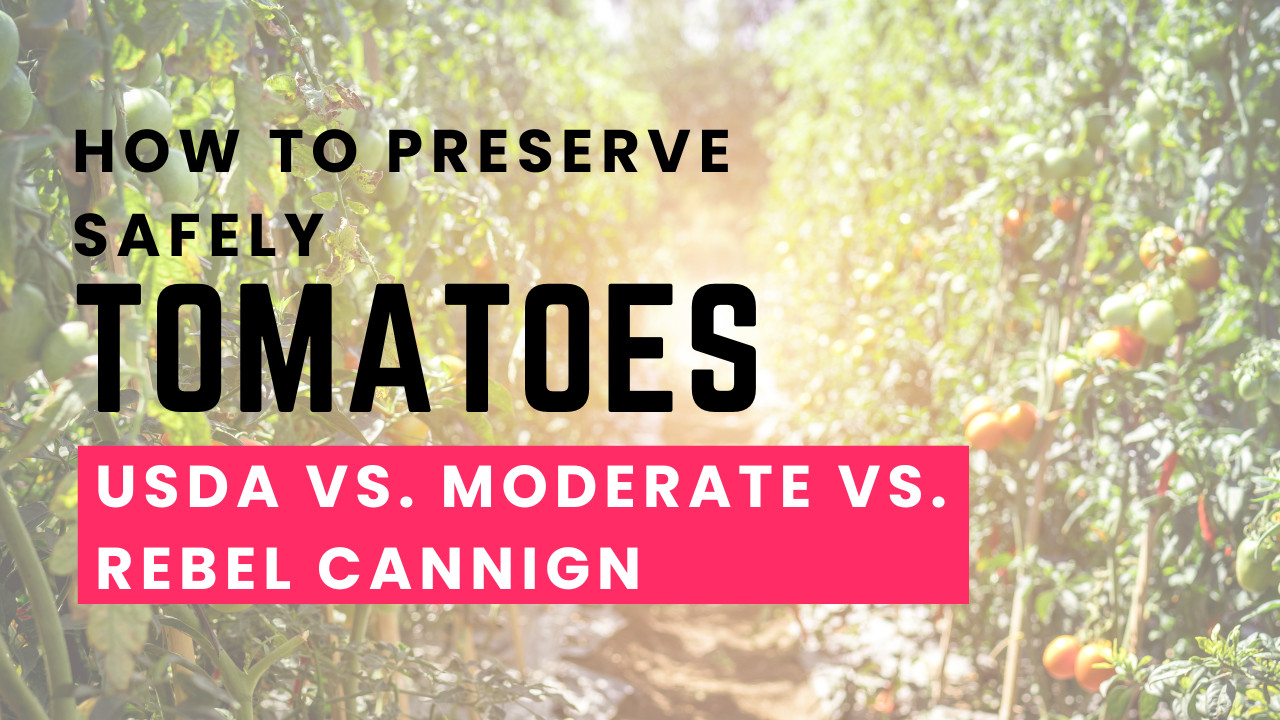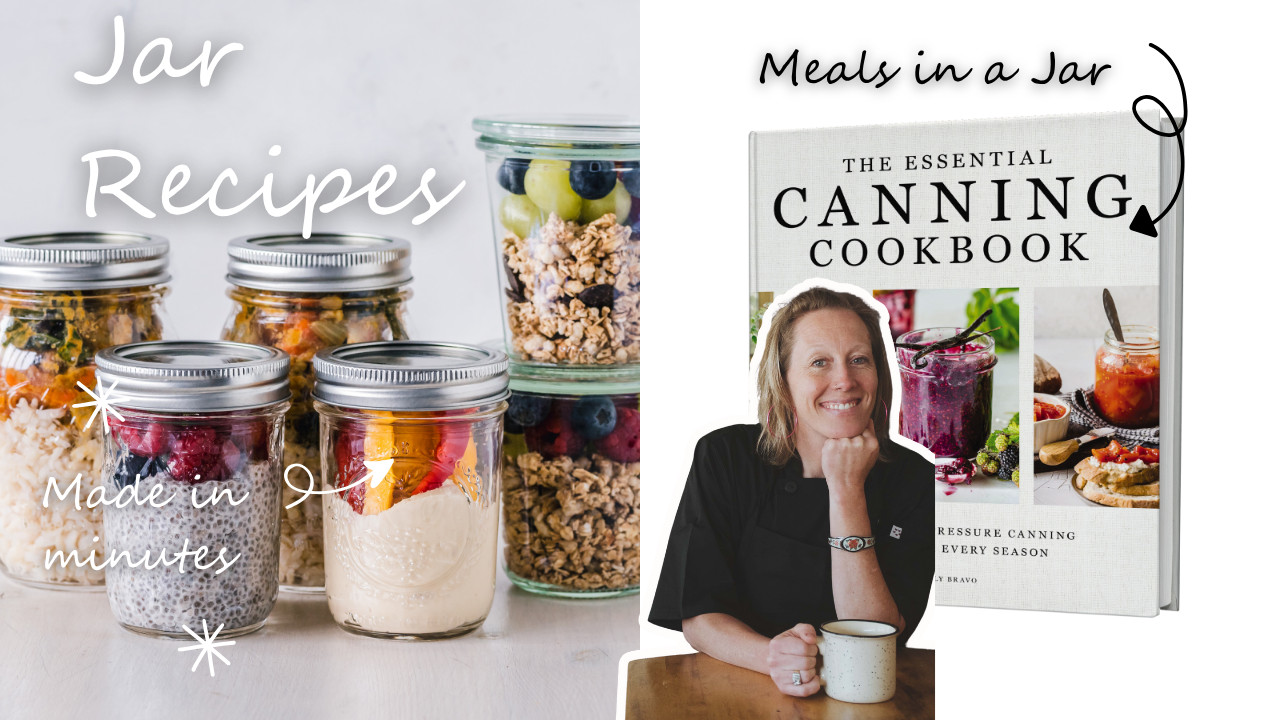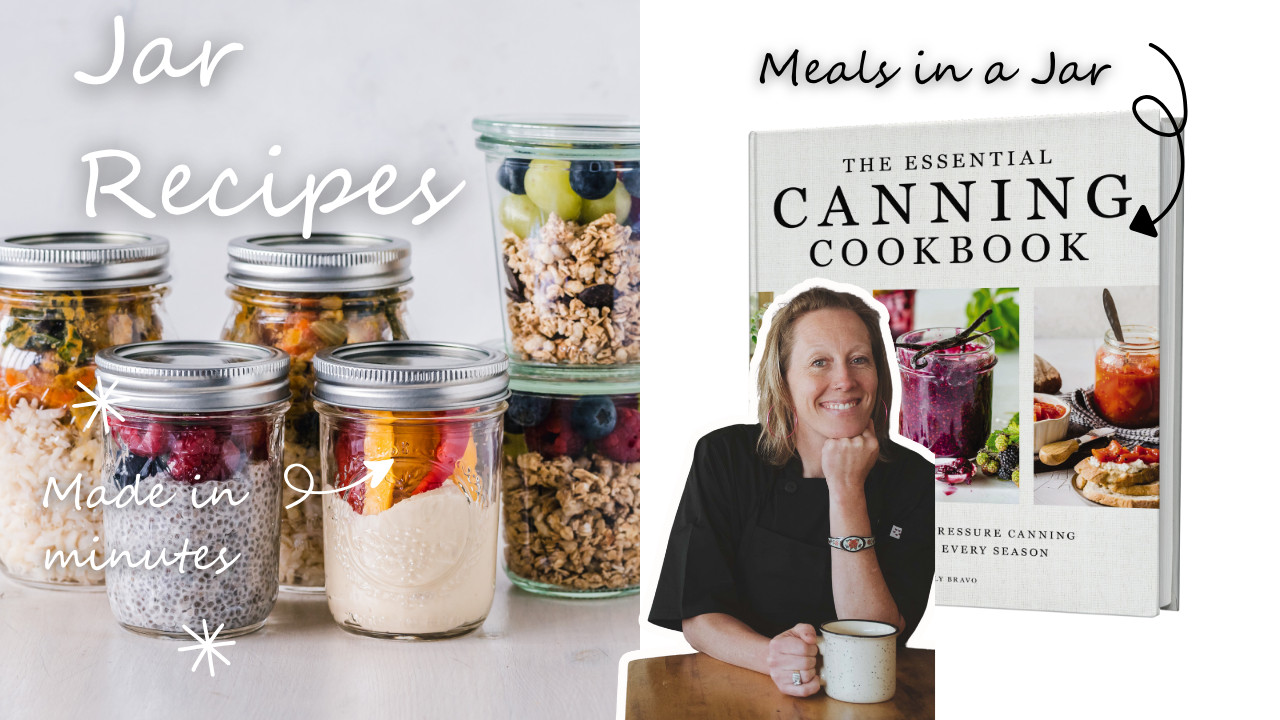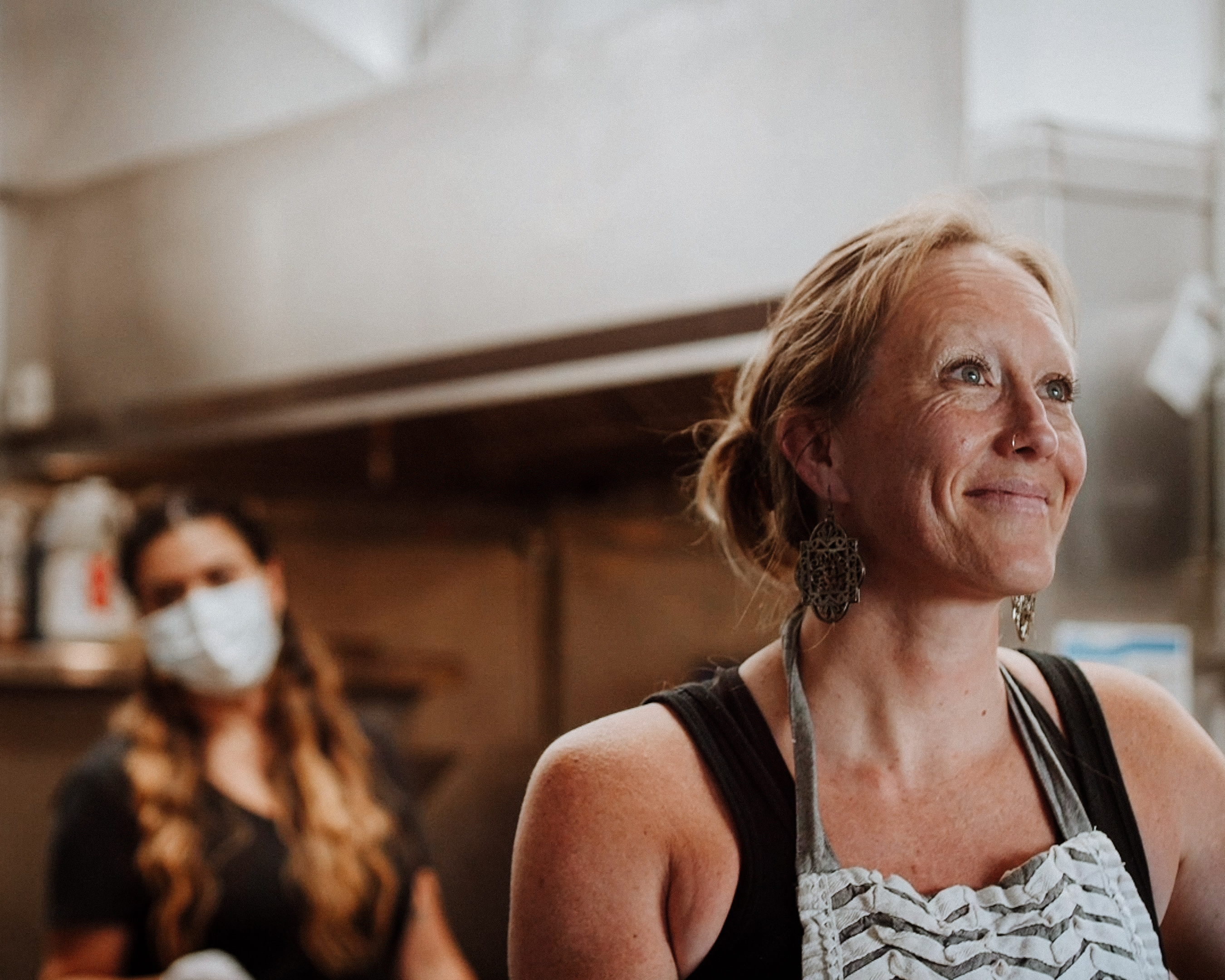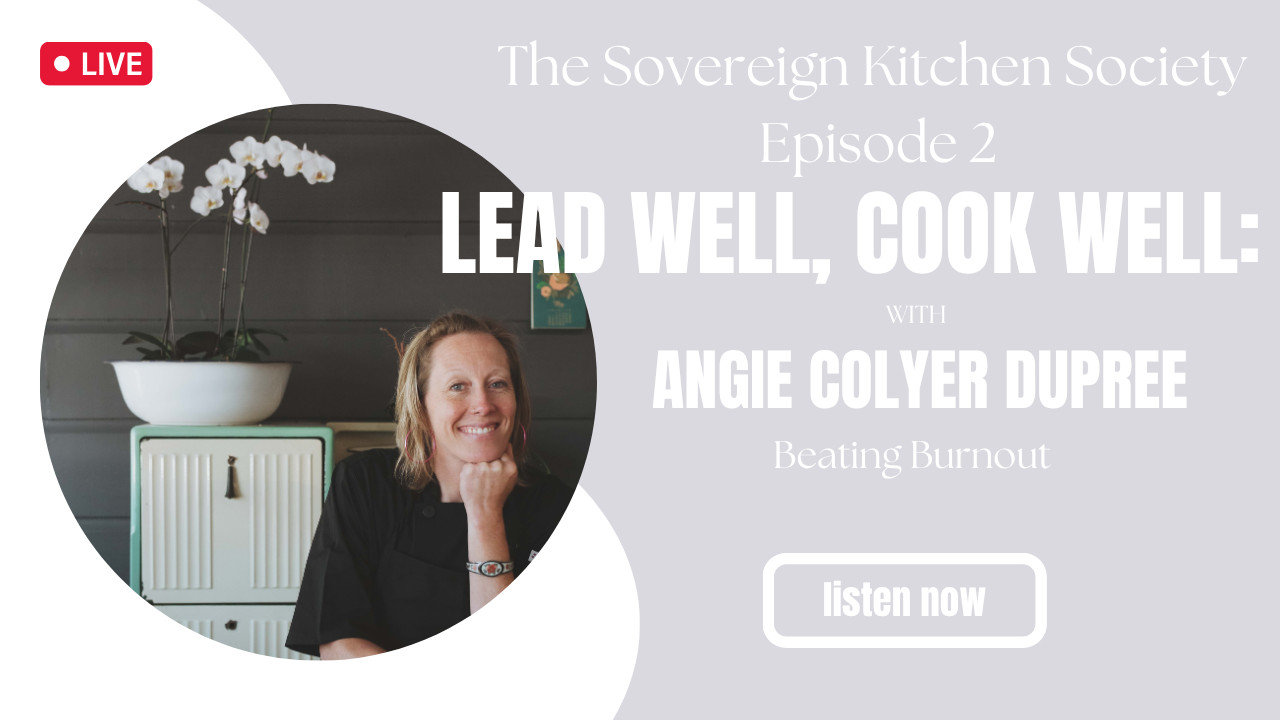
Kitchens don’t have to run on adrenaline. Learn three humane leadership moves, bring back elder wisdom, and try a simple 14-day reset to prevent burnout—at work and at home. This is practical, nervous-system-smart hospitality from Molly Bravo with guest Angie Colyer DuPree of Hospitality Revival.
Read more...
On The Sovereign Kitchen Society by Wylder Space, Molly Bravo talks with Mollie Engelhart of Sovereignty Ranchabout regenerative ranching, homesteading with kids, food sovereignty, and slow living that’s rooted in ancestral kitchen skills, local supply chains, and real community. If you’re ready to move beyond labels toward soil health, pasture-raised animals, and practical resilience at home, this episode is your field guide.
Read more...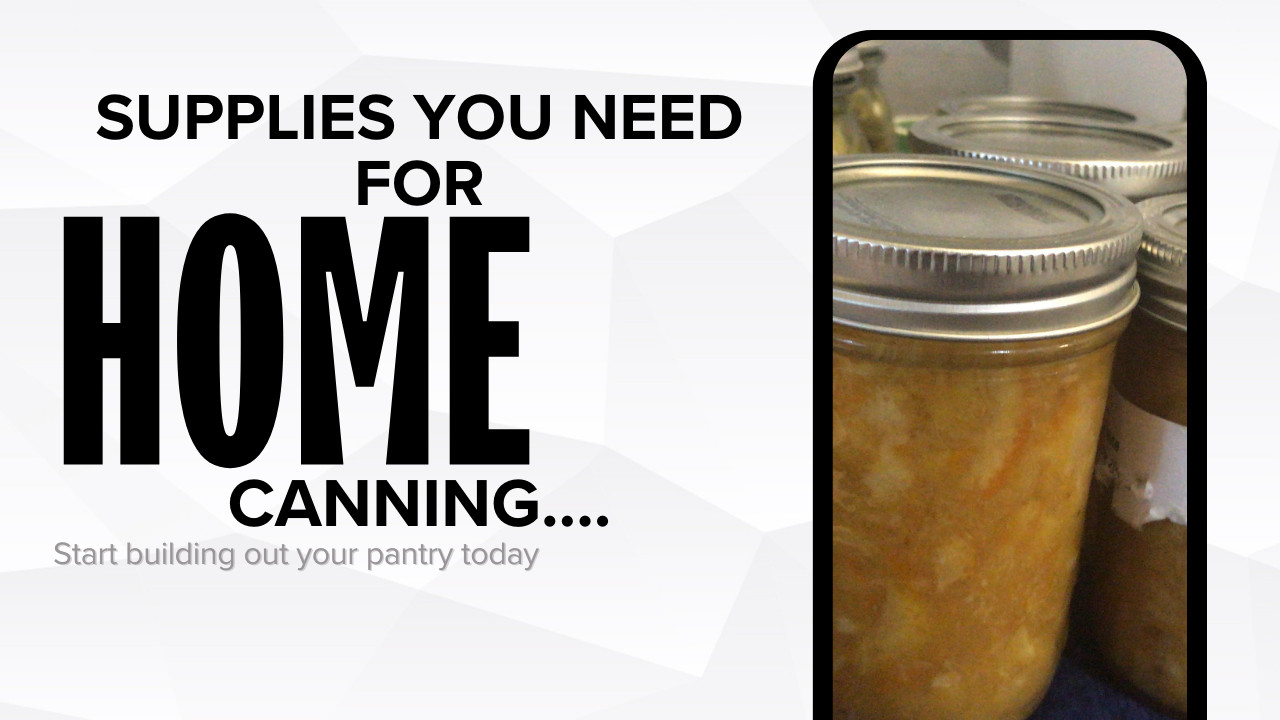
Canning basics: use a water bath for high-acid foods (jams, fruits, pickles, tomatoes with added acid) and a pressure canner for low-acid foods (vegetables, meats, broths, soups). Follow tested recipes, use new flat lids, choose 5% vinegar for pickles, keep jars hot, maintain headspace, process as directed, then cool and check seals.
Read more...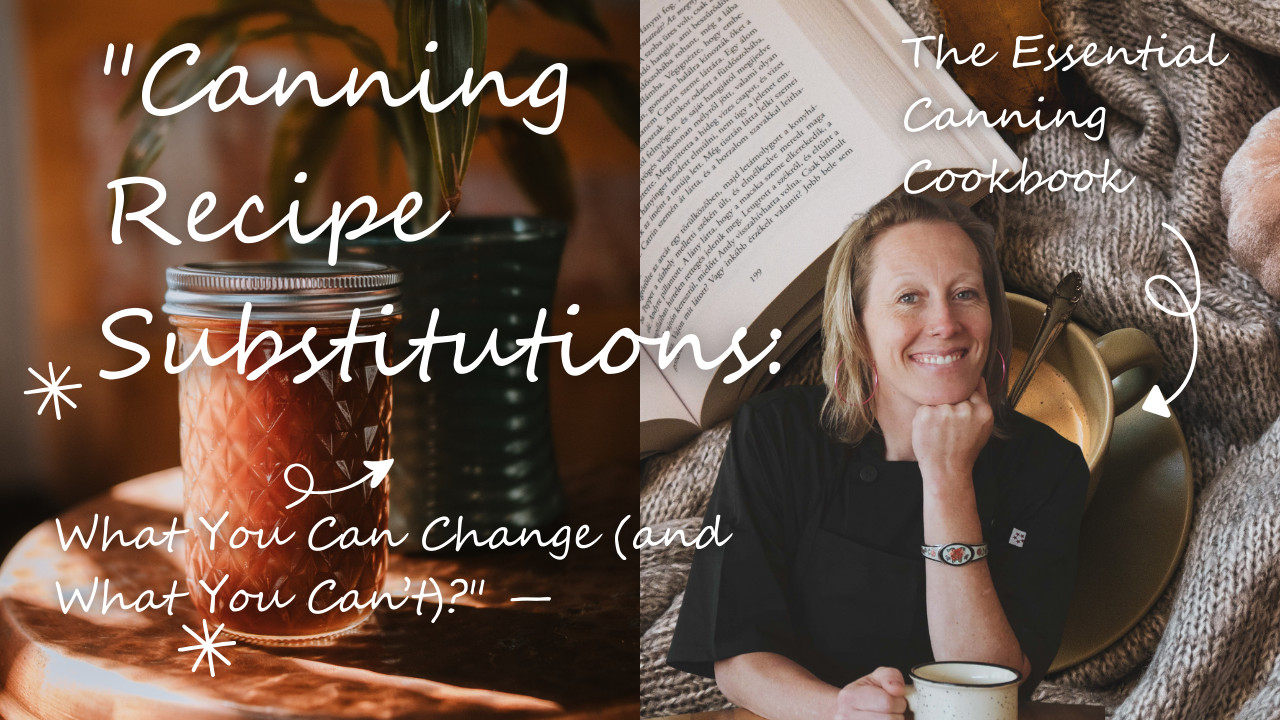
What can you safely change in a canning recipe?
Safe: herbs, spices, and pepper types (same total amount).
Not safe: reducing vinegar/lemon/citric acid, increasing low-acid veggies, adding thickeners, changing jar size or process time. For low-sugar jams, use tested low-/no-sugar pectin recipes.
Read more...Safe: herbs, spices, and pepper types (same total amount).
Not safe: reducing vinegar/lemon/citric acid, increasing low-acid veggies, adding thickeners, changing jar size or process time. For low-sugar jams, use tested low-/no-sugar pectin recipes.
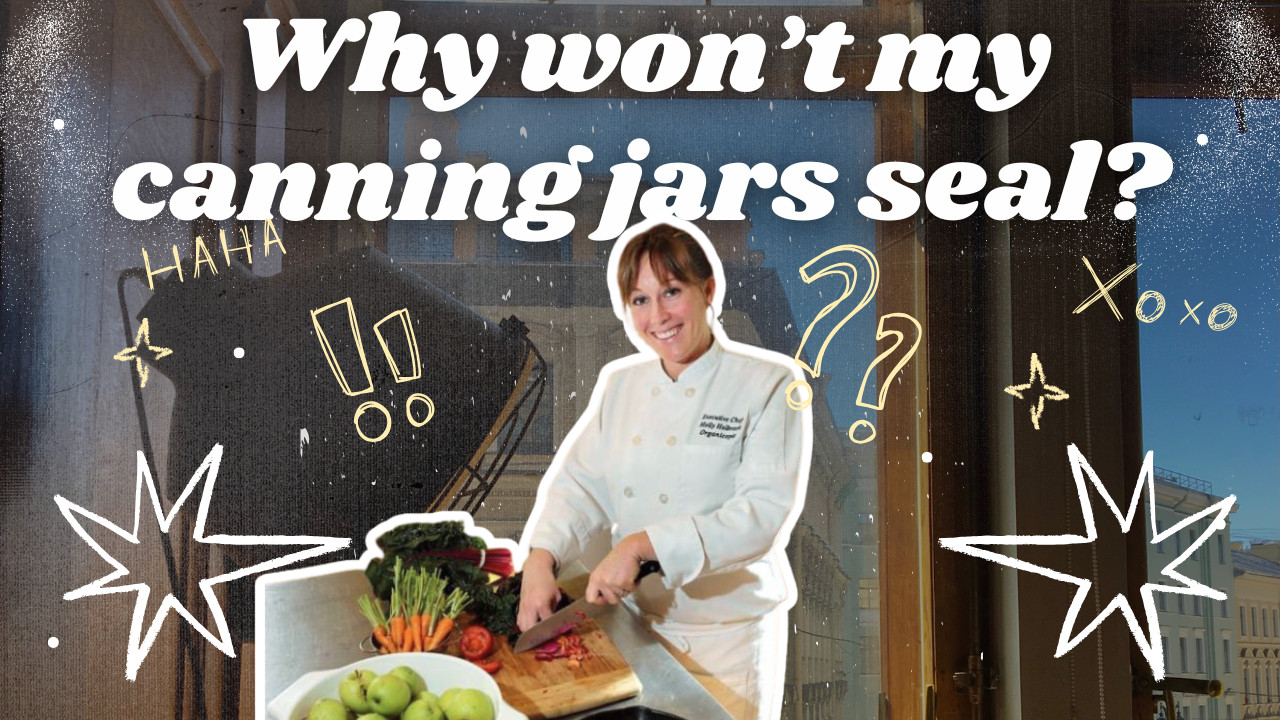
Why don’t my canning jars seal?
Canning jars often fail to seal because of reused lids, improper headspace, dirty rims, or incorrect processing time/pressure. Always use brand-new lids, measure headspace with a canning tool, wipe rims with vinegar, and follow a trusted recipe (like USDA or Ball Canning) for time and pressure. If a jar doesn’t seal within 24 hours, refrigerate it for immediate use or reprocess with a new lid.
Canning jars often fail to seal because of reused lids, improper headspace, dirty rims, or incorrect processing time/pressure. Always use brand-new lids, measure headspace with a canning tool, wipe rims with vinegar, and follow a trusted recipe (like USDA or Ball Canning) for time and pressure. If a jar doesn’t seal within 24 hours, refrigerate it for immediate use or reprocess with a new lid.
For more step-by-step help and old-fashioned canning tips, join our FREE Old-Fashioned Canning Circle on Facebook.


